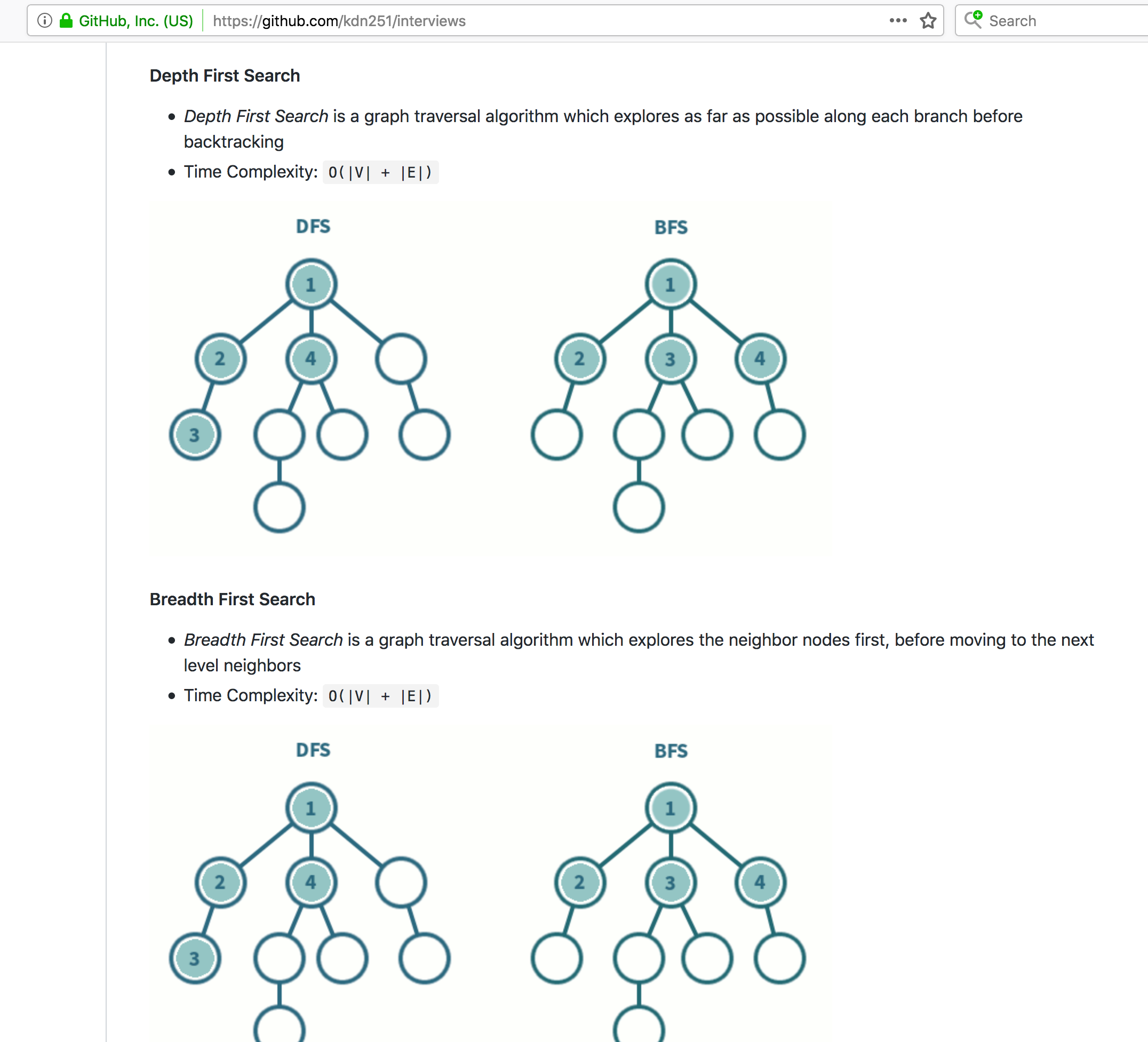Hey everyone, I'm Kevin, and I'm a software engineer at Google in New York City!
I make videos on YouTube about coding interviews and anything else related to programming and tech. I hope my content helps you land the job of your dreams and become a better engineer!
If you need help with interview prep check out the interviewing service I created to help teach people, The Daily Byte.
Free Software Engineer newsletter
Twitter
Instagram
LinkedIn

